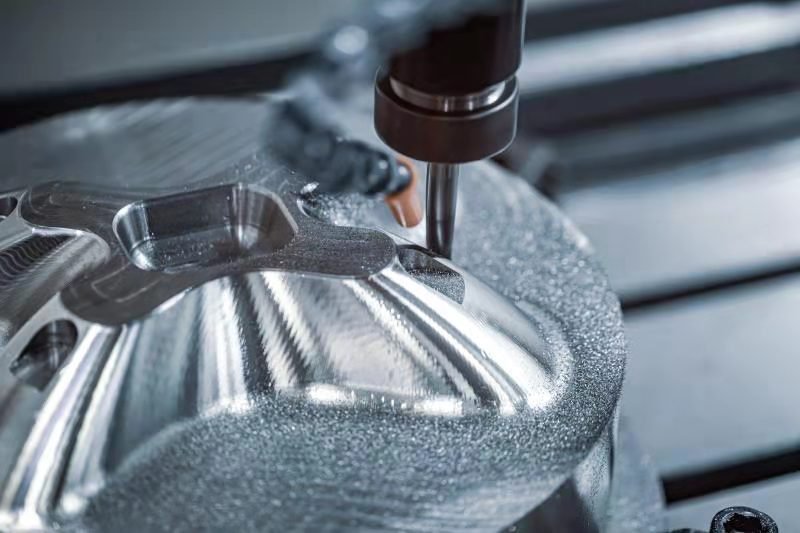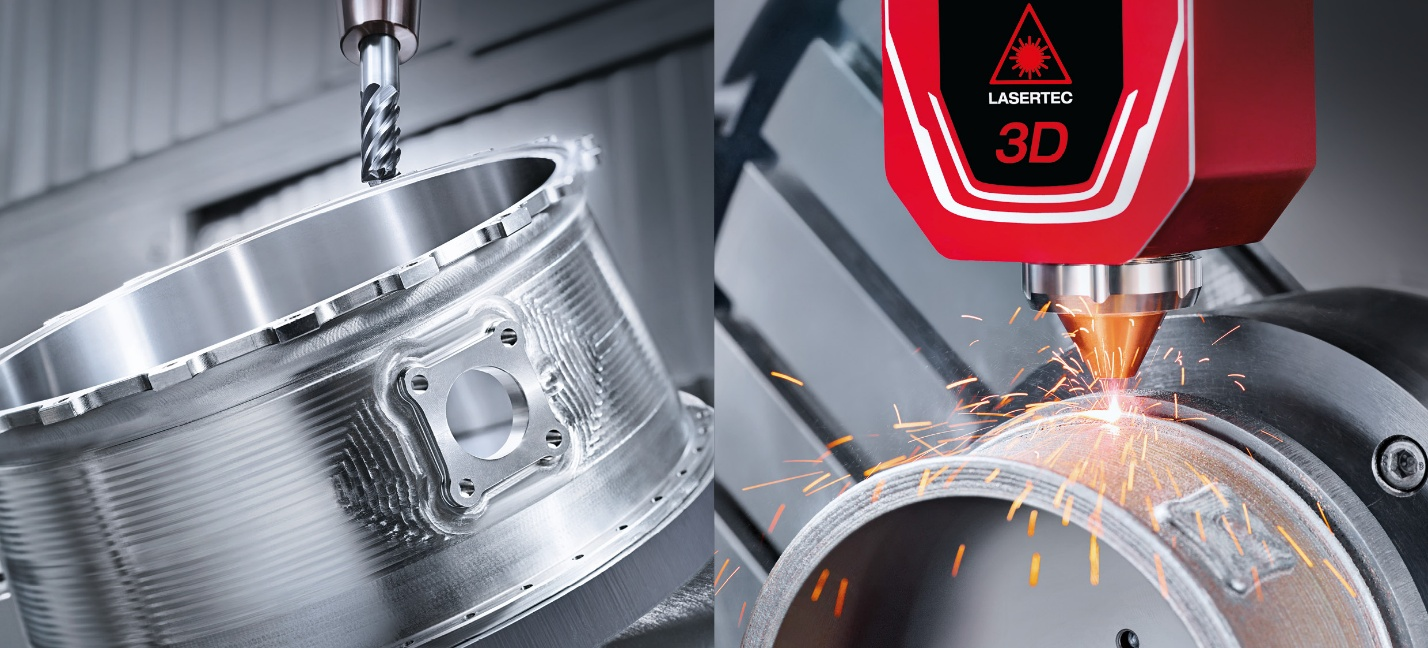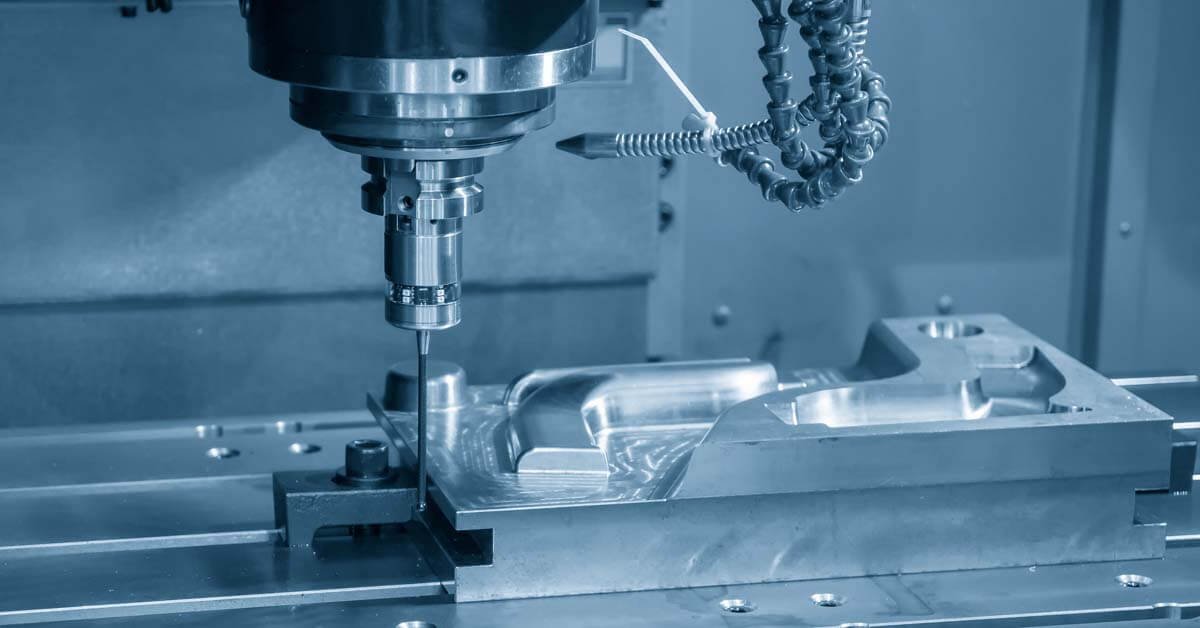It may seem odd to talk about materials when discussing a drinking coaster. Still, when aluminum and steel are brought into the discussion, it becomes essential to understand what precisely each is made from. The relationship between these two materials is fundamental; each has been shaped by generations of artisans and therefore speaks to a certain mindset about design.
For instance, when one speaks of " Made in the USA," what they mean is machined aluminum and steel—two materials that have been shaped and manufactured by hand, from start to finish. Let’s have a look at some of their most striking differences.
Functionality
For example, aluminum is more preferred for designing consumer electronics due to its delicate texture and versatility. Manufacturing countries now replace steel and plastic with aluminum.
Aluminum and steel are both materials used in the manufacturing of products. If you are buying products for long-term consumption like jewelry, at some point, you are going to need to know what the difference is between these materials. If you've never bought an item made from machined aluminum or steel, the most significant difference might not be noticeable at first.
Quality
In the world of manufacturing, quality is paramount. If a part fails, finding replacement parts or fixing the problem right away can be challenging. With materials like aluminum and steel used in construction, it takes time to produce the parts and tests them to ensure they're working correctly. Steel is stronger and more durable than most materials. Still, production methods for machined aluminum and steel mean fewer pieces are cut the same way and, therefore, less expensive to produce overall.
Aluminum and steel are both metals with relatively hard surfaces. As you can imagine, they are very different materials and have different levels of strength. Because of this, the weight and appearance of a product designed for one material can be different than another when using that same product in another. With this in mind, you have the option of selecting which material will work best for your needs when ordering CNC metal parts for your bike.
Casting
Aluminum and steel are both materials that can be cast into an object. As iron and steel, they are both easy to work with and are strong. Aluminum and steel are two of the most rigid materials on Earth. They're both strong enough to be used in aerospace and commercial construction. Yet, they can be rolled and folded thousands of times without losing strength.
You won't notice the difference between these two materials unless you compare them side by side. CNC machined aluminum has a smooth, mirror-like finish, while most stamped metals have a rough surface or patina. Each has strengths and weaknesses.
Machined aluminum and stainless steel are both materials that can be used to make products. But there are significant differences in both the properties and applications of each material. As a result, when deciding between these two materials, consumers should look at both the appearance and performance characteristics of the finished product and the specific applications and intended use of each material.
Machining
Aluminum and steel are both metals with high degrees of rapid CNC machining. The most noticeable difference is the appearance of the parts that have been finished with a hand-held machine. The finished product may have a smoother surface, perhaps with less visible burrs or scratches.
However, the two parts can be joined together quickly and efficiently using standard tools. Once materials have been selected, the work can begin on the production model. Before starting the production run, tooling has to be ordered and installed to meet the expectations of both the customer and manufacturer.
Aluminum and steel are both solid metals. They are strong, lightweight, and easy to work with. The main differences are that one is an alloy of a metal with other desirable characteristics (such as corrosion resistance). The other is a minimal amount of metal (usually just one-tenth of an inch) with other undesirable elements.
Physical characteristics
Aluminum and stainless steel have been used for decades in build quality and durability. Typically, these materials are more robust and will continue to do so because they are more heavily CNC machined. They also have a matte surface, making them appear whiter in color and less shiny than their more mirror-like counterparts. While these qualities may not be immediately noticeable to the naked eye, they are essential when selecting a tool for use in your working environment.
Aluminum and steel are both materials that are lightweight and easy to work with. But there are critical differences between the two that should be noted. When you compare machined aluminum and steel products, be sure to look for features including Dishwasher safe -- because clearly, food and drink cans are going to be held up by bars and stools more often than not. Protective parts machined into the aluminum -- like drilled holes and tool steel threads.
Manufacturing process
Aluminum and stainless steel are virtually the same material. Because the hardness of the two materials is different, the manufacturing process is different when making the rapid prototype. In contrast, machined anodized aluminum is more like a puzzle piece where many small parts fit together exactly as they're supposed to. The most significant difference between the two is chemical composition. As always, read the product label and know your intended use before purchasing.
Aluminum and steel are both materials that are used in the production of tools and equipment. However, some key differences are depending on the end-use. For general household use, available aluminum equipment will likely be more reliable and lighter weight than steel equipment. This is due to the manufacturing process where the pieces are finely sanded and stamped after manufacture.
Both are strong and light, but there are significant differences in their properties. While both can be used as tools in your trade, their actual value lies in how they are used. Machined aluminum items are used in applications where strength and lightness are requirements. Examples include airfoils in aircraft, aircraft ducts and frames, engine covers, and stainless steel plumbing pipes (where amounts of stress can be worked and yield capacities are high). Steel products are more versatile – they can be used to make nearly anything to which pressure is applied. Hot-wire soldering is an example.
Final words…
Aluminum and steel are often confused with each other. This can lead people to believe that one is better than the other when they are very different products. Machined aluminum is the natural metal form of aluminum developed for use in aircraft and spacecraft.
It is much stronger than regular aluminum and much lighter. The most common uses for machined aluminum include parts on consumer electronics, including computer cases and spacecraft parts used to attach pieces. While some people consider machined aluminum a development of the steel industry, there are significant differences in properties between the two materials.








